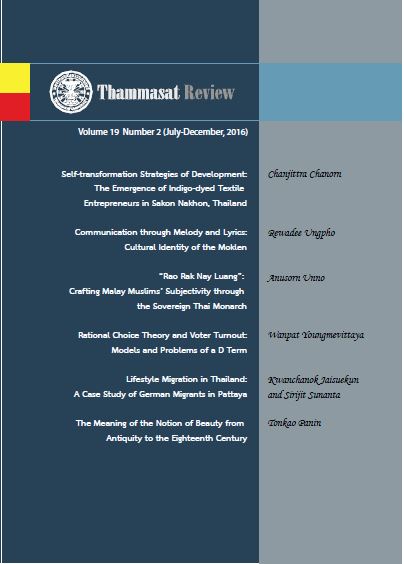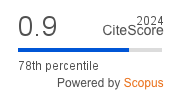Rational Choice Theory and Voter Turnout: Models and Problems of a D Term
Keywords:
Anthony Downs, D term, political behavior, rational choice theory, turnoutAbstract
Turnout studies tackle the question, “Why do some people vote while others do not?” Anthony Downs' An Economic Theory of Democracy was the first systematic attempt coping with turnout puzzles by exploiting rational choice theory (RCT). A D term or a civic duty, an important concept used by Downs, explains that people vote only if they care about democracy. There are two important questions regarding voter turnout: (1) Does RCT explain voter turnout successfully? (2) Does adding a D term mean that we no longer have a rational choice model? This paper aims to deal with the latter question only, and my main argument is that a D term makes RCT impossible because while RCT is the conception of investment, the D term is the conception of consumption. I am interested in question (2) only, therefore, even though my answer is that a D term makes RCT impossible, this does not mean that I see that RCT is successful in explaining voter turnout; in contrast, I think it is not. Apart from the discussion of a D term, I also review some RCT models which try to avoid the difficulties raised by a D term. In terms of application, I suggest that different political systems, cultures, history, and so on need different characteristics of RCT, so researchers should be aware of the limits of RCT.
Downloads
Published
How to Cite
Issue
Section
License
The opinions and ideas expressed in all submissions published in Thammasat Review are solely that of the author(s) and do not necessarily reflect that of the editors or the editorial board.
The copyright of all articles including all written content and illustrations belong to Thammasat Review. Any individuals or organisation wishing to publish, reproduce and distribute a particular manuscript must seek permission from the journal first.








